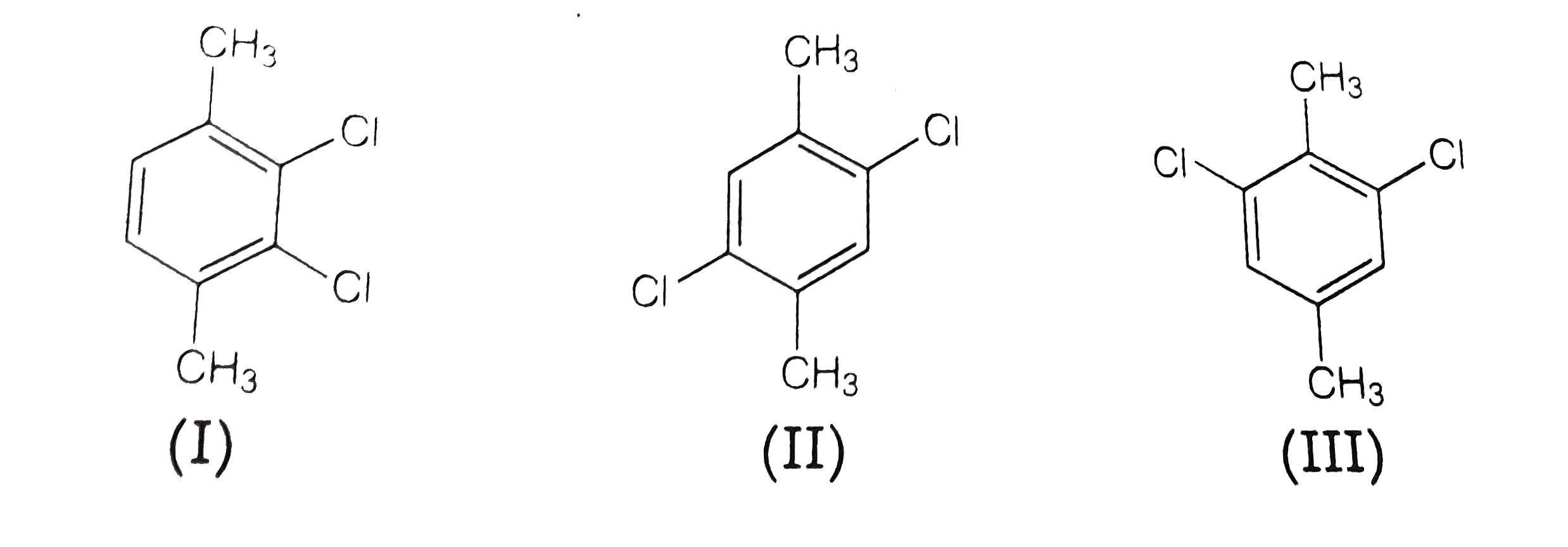Which is expected to have the highest melting point :
NH3,(CH3)3NorPH3? Explain why?
To determine which compound has the highest melting point among NH3 (ammonia), (CH3)3N (trimethylamine), and PH3 (phosphine), we need to analyze the intermolecular forces present in each compound.
1. Identify the Compounds and Their Structures:
- NH3 (Ammonia): Contains one nitrogen atom bonded to three hydrogen atoms. The nitrogen atom has a lone pair of electrons.
- (CH3)3N (Trimethylamine): Contains one nitrogen atom bonded to three methyl groups (carbon and hydrogen).
- PH3 (Phosphine): Contains one phosphorus atom bonded to three hydrogen atoms.
2. Analyze Intermolecular Forces:
- Ammonia (NH3):
- Exhibits hydrogen bonding due to the presence of a highly electronegative nitrogen atom bonded to hydrogen. The lone pair on nitrogen can interact with hydrogen atoms of neighboring ammonia molecules, leading to strong intermolecular hydrogen bonds.
- Trimethylamine ((CH3)3N):
- Although it has a nitrogen atom, it is surrounded by three carbon atoms which are less electronegative than hydrogen. This reduces the ability to form strong hydrogen bonds compared to ammonia.
- Phosphine (PH3):
- Phosphorus is less electronegative than nitrogen, and PH3 does not exhibit significant hydrogen bonding. The intermolecular forces present are primarily van der Waals forces, which are much weaker than hydrogen bonds.
3. Compare the Strength of Intermolecular Forces:
- The strongest intermolecular forces present in these compounds are hydrogen bonds in ammonia. Trimethylamine has weaker dipole-dipole interactions, and phosphine has the weakest van der Waals forces.
- Therefore, the order of melting points based on intermolecular forces is:
- NH3>(CH3)3N>PH3
4. Conclusion:
- Based on the analysis of intermolecular forces, NH3 (ammonia) is expected to have the highest melting point due to the presence of strong hydrogen bonding.
Final Answer:
Ammonia (NH3) is expected to have the highest melting point due to the presence of strong intermolecular hydrogen bonding.
- NH3 (Ammonia): Contains one nitrogen atom bonded to three hydrogen atoms. The nitrogen atom has a lone pair of electrons.
- (CH3)3N (Trimethylamine): Contains one nitrogen atom bonded to three methyl groups (carbon and hydrogen).
- PH3 (Phosphine): Contains one phosphorus atom bonded to three hydrogen atoms.
- Ammonia (NH3):
- Exhibits hydrogen bonding due to the presence of a highly electronegative nitrogen atom bonded to hydrogen. The lone pair on nitrogen can interact with hydrogen atoms of neighboring ammonia molecules, leading to strong intermolecular hydrogen bonds.
- Trimethylamine ((CH3)3N):
- Although it has a nitrogen atom, it is surrounded by three carbon atoms which are less electronegative than hydrogen. This reduces the ability to form strong hydrogen bonds compared to ammonia.
- Phosphine (PH3):
- Phosphorus is less electronegative than nitrogen, and PH3 does not exhibit significant hydrogen bonding. The intermolecular forces present are primarily van der Waals forces, which are much weaker than hydrogen bonds.
- The strongest intermolecular forces present in these compounds are hydrogen bonds in ammonia. Trimethylamine has weaker dipole-dipole interactions, and phosphine has the weakest van der Waals forces.
- Therefore, the order of melting points based on intermolecular forces is:
- NH3>(CH3)3N>PH3
- Based on the analysis of intermolecular forces, NH3 (ammonia) is expected to have the highest melting point due to the presence of strong hydrogen bonding.
Ammonia (NH3) is expected to have the highest melting point due to the presence of strong intermolecular hydrogen bonding.
Topper's Solved these Questions
- CHEMICAL BONDING AND MOLECULAR STRUCTUREBook:MODERN PUBLICATIONChapter:CHEMICAL BONDING AND MOLECULAR STRUCTUREExercise:OBJECTIVE TYPE QUESTIONS (A. MULTIPLE CHOICE QUESTIONS)
Explore 35 Videos
- CHEMICAL BONDING AND MOLECULAR STRUCTUREBook:MODERN PUBLICATIONChapter:CHEMICAL BONDING AND MOLECULAR STRUCTUREExercise:OBJECTIVE TYPE QUESTIONS (B. MULTIPLE CHOICE QUESTIONS)
Explore 40 Videos
- CHEMICAL BONDING AND MOLECULAR STRUCTUREBook:MODERN PUBLICATIONChapter:CHEMICAL BONDING AND MOLECULAR STRUCTUREExercise:Revision Exercises (Objective Questions)(Long Answer Questions)
Explore 12 Videos
- CLASSIFICATION OF ELEMENTS AND PERIODICITY IN PROPERTIES Book:MODERN PUBLICATIONChapter:CLASSIFICATION OF ELEMENTS AND PERIODICITY IN PROPERTIES Exercise:UNIT PRACTICE TEST
Explore 13 Videos
Similar Questions
Knowledge Check
Which of the alkali metal chlorides is expected to have the highest melting point ?
ALiClBNaClCKClDRbCl
Which of the following has higher boiling point and why?
CH3NH2andCH3OH
View Solution
Which of the following compouds will have the highest melting point and why?
View SolutionWhich of the following compounds will have the highest melting point and why?

View SolutionWhich is least acidic ? SbH3,PH3,NH3,AsH3
View SolutionGive the decreasing order of melting points of the following NH3,PH3,(CH3)3N Explain
(b) In which molecule is the van der Waals force likely to be the most important in determining the m.pt and b.pt for ICI,Br2,HCI,H2S,CO .
View SolutionBond angle in NH3 is molre than in PH3. Explain.
View SolutionWhich is least basic ? SbH3,PH3,NH3,AsH3 ?
View Solution

